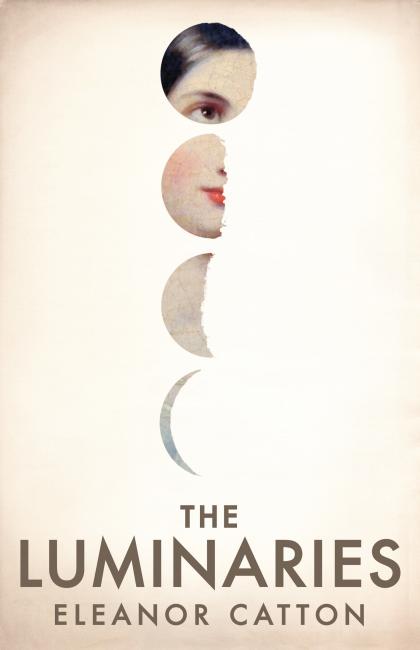Title: The Luminaries
Author: Eleanor Catton
Published: 2013
The Luminaries by Eleanor Catton is a massive book: massive in size, scope and depth. Set in 19th century New Zealand it tells the story of Walter Moody, a Scotsman, who sails to New Zealand in search of gold — all of this during the island’s gold rush era. The narration has a strong Victorian scent from the opening pages. Walter arrives at the small town Hokitika on a stormy night, having encountered a strange apparition, and finds shelter in a local hotel. Guided in the smoking room he is met by 12 men who seem to have some sort of meeting to try to piece together a puzzle. As the book progresses, Walter Moody moves to the background while each one of the characters, or a combination of them, take centre stage, all of them are connected in some way in intertwined stories. In an almost Dickensian world of lawyers, a shipping agent, Maori greenstone hunters, Chinese workers, the story of a prostitute provides the link between all of them.
What has not been mentioned so far is the mystical element of the book. Catton uses astrological charts that connect each of the 12 characters to different zodiac signs. She refers to numerology in a clever way, and structures the book according to the moon phases through the lunar cycle: while the first chapter is around 300 pages long, the last is less than two pages.
It is true that much has been written about the book’s structure, however, I think the main strength in the novel lies in Catton’s storytelling abilities. Here we have a 28-year old (the youngest person to have won the Man Booker prize) who has managed to tell a story within a story within a story, without losing momentum, while employing a style much indebted (it seems to me) to Henry James: long sentences, 19th century vocabulary and word structure, period dialogue and expressions. She manages to create this Dickensian dark world, with weird characters of all sorts resembling the perfect Victoriana novel or an atmospheric ghost story. Much is left unsaid -even though the characters do say a lot, there are many hints, enigmas and ambiguous language. It is not strange then, that while reading it, I was reminded many times of The Turn of the Screw.

Some readers will find the book’s length (800+ pages) forbidding. However, given the patience and right mood, the reader will enter such a foreign world, so vividly rich through numerous descriptions and 19th century dialogue, that will make him keep on reading until the very end. Catton has created a masterpiece, in my opinion; a book bringing the 19th century Victorian novel into the 21st century in a most successful manner.






